SEIS vs EIS: What Founders and Investors Need to Know
SEIS vs EIS: What Founders and Investors Need to Know
When raising investment in the UK, two government-backed schemes dominate early-stage funding: the Seed Enterprise Investment Scheme (SEIS) and the Enterprise Investment Scheme (EIS). Both offer generous tax reliefs to investors and significant opportunities for companies trying to attract early funding. But they’re not interchangeable, and understanding the key differences is essential if you want to make the most of what’s available.
This article is the first in our Startups, Shares & SEIS series. It sets out the core differences between SEIS and EIS, using the most up-to-date thresholds and guidance, and provides practical tips for founders preparing to raise capital.
What is SEIS?
SEIS is tailored for very early-stage businesses looking to raise their first outside investment — and it’s highly attractive to angel investors.
As a company, you can raise up to £250,000 through SEIS, provided you meet the eligibility criteria:
- You’ve been trading for less than four years
- You have fewer than 25 full-time equivalent employees
- Your gross assets are no more than £350,000 before the share issue
- You’re a UK-based, unquoted company carrying out a qualifying trade
Funds raised under SEIS must be used within three years for the growth of your business.
From the investor’s perspective, SEIS offers 50% income tax relief, full capital gains tax (CGT) exemption on shares held for three years, and additional benefits like loss relief and reinvestment relief.
What is EIS?
EIS is aimed at more established companies that are still early in their growth journey. It allows you to raise significantly more up to £12 million in total, or £20 million if you’re classed as a Knowledge-Intensive Company (KIC).
To qualify, you must:
- Have traded for less than seven years (or ten for KICs)
- Employ fewer than 250 people (or 500 for KICs)
- Hold less than £15 million in gross assets before the issue
EIS also imposes a cap of £5 million on the total amount of SEIS, EIS and VCT funding a company can receive in any 12-month period.
Investors benefit from 30% income tax relief, CGT exemption, deferral relief, loss relief, and in many cases, inheritance tax relief as well.
| Feature | SEIS | EIS |
|---|---|---|
| Max company raise | £250,000 | Up to £12m lifetime (£20m for KICs) |
| Investor annual limit | £200,000 | £1m/year (£2m for KICs) |
| Gross assets limit | £350,000 | £15m pre-issue (£16m post-issue) |
| Employee limit | Fewer than 25 | Fewer than 250 (or 500 for KICs) |
| Company age limit | Up to 3 years | Up to 7 years (or 10 for KICs) |
| Annual raise cap (schemes) | Not applicable | £5m per 12 months |
Can You Use Both SEIS and EIS?
Yes; and many startups do.
SEIS is typically used for a company’s first round of funding, and EIS is used for larger or follow-on investment. While you can’t issue SEIS and EIS on the same shares, you can structure a round to allocate the first £250,000 under SEIS and the remainder under EIS or run entirely separate rounds, starting with SEIS.
The important thing is to plan the timing and structure carefully. Getting advance assurance from HMRC before you issue any shares is a good way to confirm eligibility and avoid problems down the line.
Why Investors Care
Both SEIS and EIS significantly reduce the financial risk of investing in early-stage companies.
For investors, SEIS offers the most generous upfront tax relief available in the UK which is why many angel investors won’t even consider a pitch unless SEIS is in place. EIS, meanwhile, opens the door to much larger investments with long-term reliefs and planning opportunities that appeal to high-net-worth individuals, syndicates and early-stage funds.
If you want to be competitive in the investment market, offering these reliefs is a powerful advantage.
What Founders Should Focus On
If you’re preparing to raise investment and want to take advantage of SEIS or EIS, here’s what we’d recommend:
First, get your advance assurance sorted early. This is a formal indication from HMRC that your company and investment plans meet the requirements and most investors will expect to see it before committing.
Next, make sure your documentation is in good shape. That means having a clear share structure, proper valuation support, board minutes, and Companies House filings (like the SH01) all ready to go.
Don’t forget about compliance after the raise. Once shares are issued, you’ll have just 92 days to submit your ERS return to HMRC. Missing that deadline can create problems for both you and your investors.
And finally, keep an eye on the details, company age, employee count, and asset levels all affect your ongoing eligibility.
How We Can Help
At OnTheGo Accountants, we specialise in helping early-stage businesses plan and deliver investor-ready structures. Whether you’re applying for advance assurance, preparing a funding round, or just want to sense-check your compliance, we’re happy to help.
You can book a SEIS/EIS consultation or email us at info@onthegoaccountants.co.uk.





